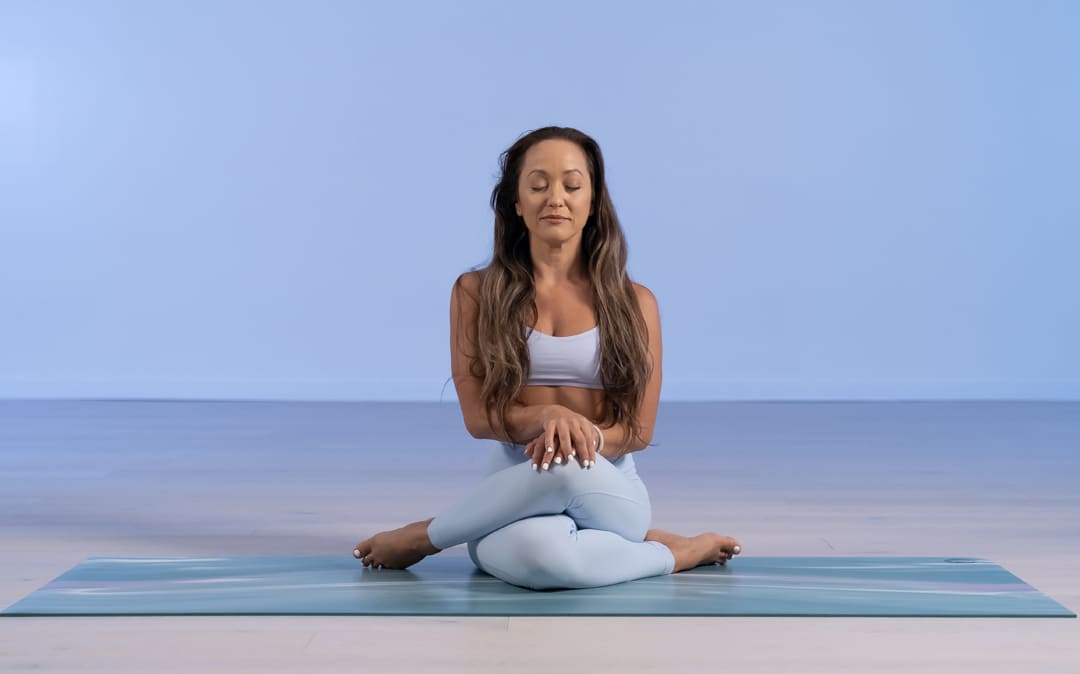Backbends have a way of striking awe—and sometimes intimidation—in practitioners of all levels. In photos and on social media, we see gravity-defying shapes: dancers’ arcs, wheels, and deep kapotāsanas. But the heart of backbend isn’t performance—it’s transformation. To master the art of backbends is to cultivate strength, surrender, and energy in equal measure.
Whether you’re brand new to the practice or exploring advanced variations, there is space for you here.
Backbend is not about how deep you go. It’s about how present you are.
Anatomy of the Arc — Building the C-Curve
From a biomechanical perspective, the essence of back-bending is the creation of a graceful arc in the spine, often described as a “C-curve” or even a full circular opening when the whole body is involved. This isn’t simply a matter of flexibility; it’s a whole-body integration of strength, mobility, and intelligence.
The Role of the Posterior Chain
One of the most essential and misunderstood aspects of backbend is the activation of the posterior chain: the muscles along the back of the body—glutes, hamstrings, spinal erectors, and even the calves. These muscles provide the lift and support that protects the lower back from collapse and allow the spine to extend with control.
Many students associate backbend with spinal compression, but when practiced with anatomical awareness, the opposite is true.
You lengthen and articulate the spine segment by segment, creating a wave of movement through the entire body. This requires:
- Hip extension, supported by lengthening the quadriceps and psoas
- Lifting through the sternum and heart
- Shoulder girdle mobility
- Strong inner thighs and grounded legs
As I often say in workshops: “You’re not collapsing into your back—you’re rising into your heart.”
Backbend becomes safer and more sustainable when we strengthen the back body and release unnecessary tension in the front body. It’s not a matter of force or flexibility, but finesse.
Part II: Energetics of the Heart — Prāṇa Rising
In yogic terms, a backbend is more than physical. It’s an energetic practice of opening the central channel, stirring the currents of prāṇa (life force) through the suṣumṇā nāḍī, and awakening the anāhata cakra—the heart center.
Backbends counteract the physical and emotional postures of collapse: rounding forward, closing in, and protecting ourselves.
They open the front of the body; yes, but also invite vulnerability, courage, and expansion.
Energetically, backbends lift apāna vāyu (the downward-moving energy) upward and align it with prāṇa vāyu (the upward-moving current), uniting them in the heart space. This is not just poetic—it’s deeply felt.
The Fire of Transformation
Backbends demand that we face discomfort and lean into resistance—physically, emotionally, and energetically. They are the tapasya of the heart. They generate heat, ignite tapas, and burn through fear and self-doubt.
Practicing backbends with breath awareness transforms them from mere shapes into vehicles for self-realization.
The inhale lifts, the exhale grounds. The breath becomes the bridge between effort and grace.
Debunking the Myth of “Deep Enough”
There’s a toxic myth in yoga culture that you must be naturally flexible or perform acrobatic feats to have a “worthy” backbend. Let’s be clear: depth does not equal success. A deep backbend performed with collapse and strain is far less beneficial than a gentle backbend practiced with integrity.
I often remind students: “Your backbend is not a performance—it’s a relationship.” Whether you’re practicing sphinx pose, bridge, uṣṭrāsana, or kapotāsana, the inquiry is the same: Can I move with awareness?
Can I support my spine with strength? Can I open my heart with breath?
In this light, every practitioner is welcome in the world of backbend. You do not need to be flexible. You need only be willing.
A Message to Yogis around the World
To everyone practicing across the globe—from urban apartments to remote villages, from shalas to solitary home practices—know this:
The yoga mat is a space of possibility.
Backbends are not reserved for the elite few with open hips and supple spines. They are tools of awakening for anyone who breathes and moves with intention.
Let the spine become a sacred arc. Let the heart lift like the sun. Let the breath rise in joy.
Yoga is life-changing not because it changes your body, but because it reveals your strength, your devotion, and your capacity to meet yourself as you are.
You are enough.
Your backbend is enough. And the journey is beautiful.
Practice Notes:
- Begin with gentle heart openers (supta baddha konasana, sphinx, bridge).
- Focus on strengthening spinal muscles.
- Use blocks, bolsters, and props to support healthy alignment.
- Progress gradually, letting strength and breath lead the way.
- Breathe deeply. Rest often. Practice joyfully.
About the Author: Kino MacGregor is a Miami native who is happiest on the beach with a fresh coconut and a poet at heart who always stops to smell the flowers.
She is the founder of Omstars—the world’s first yoga TV network. With over 1 million followers on Instagram and over 500,000 subscribers on YouTube and Facebook, Kino’s message of spiritual strength reaches people all over the world. Sought after as an expert in yoga worldwide, she is an international yoga teacher, inspirational speaker, author of four books, producer of six Ashtanga Yoga DVDs, writer, vlogger, world traveler,and co-founder of Miami Life Center.
Disclaimer
The Content is not intended to be a substitute for professional medical advice, diagnosis, or treatment. Always seek the advice of your physician or other qualified health provider with any questions you may have regarding a medical condition.
Disclaimer: This story is auto-aggregated by a computer program and has not been created or edited by jennertrends.
Publisher: Source link













